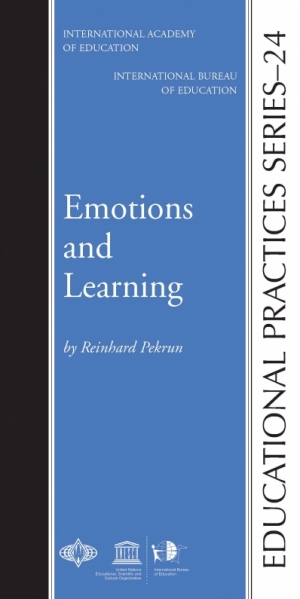
By Reinhard Pekrun
The classroom is an emotional place. Students can be excited during studying, hope for success, feel pride in their accomplishments, be surprised at discovering a new solution, experience anxiety about failing examinations, feel ashamed over poor grades, or be bored during lessons. In addition, social emotions play a role and students also bring emotions to the classroom that concern events outside the school but can nevertheless have a strong influence upon their learning. Emotions control students’ attention, influence their motivation to learn, modify the choice of learning strategies and affect their self-regulation of learning. Furthermore, emotions are part of students’ identity and they affect personality development, psychological health and physical health.
In this booklet, Reinhard Pekrun draw upon empirical evidence to address the emotions experienced by students at school. He discusses the nature and diversity of these emotions, their function on student’s learning, their individual antecedents, ways to regulate these emotions, and the influence on teachers, lessons, test-taking, peers and the family.
From this discussion, he suggests ten principles and guidelines about how teachers can understand students’ emotions and what they can do to help students develop emotions that promote learning and development, and prevent emotions that are harmful.